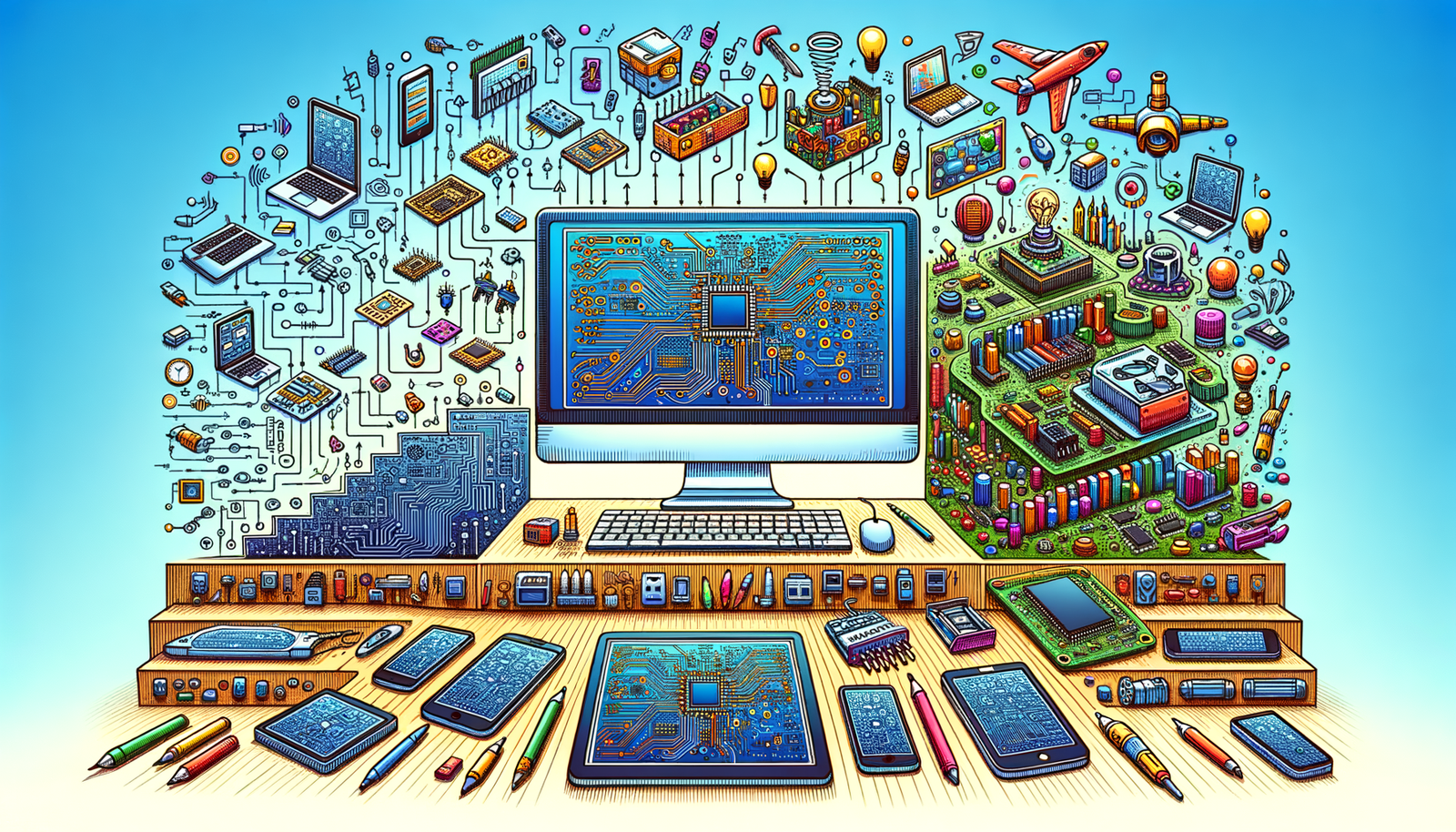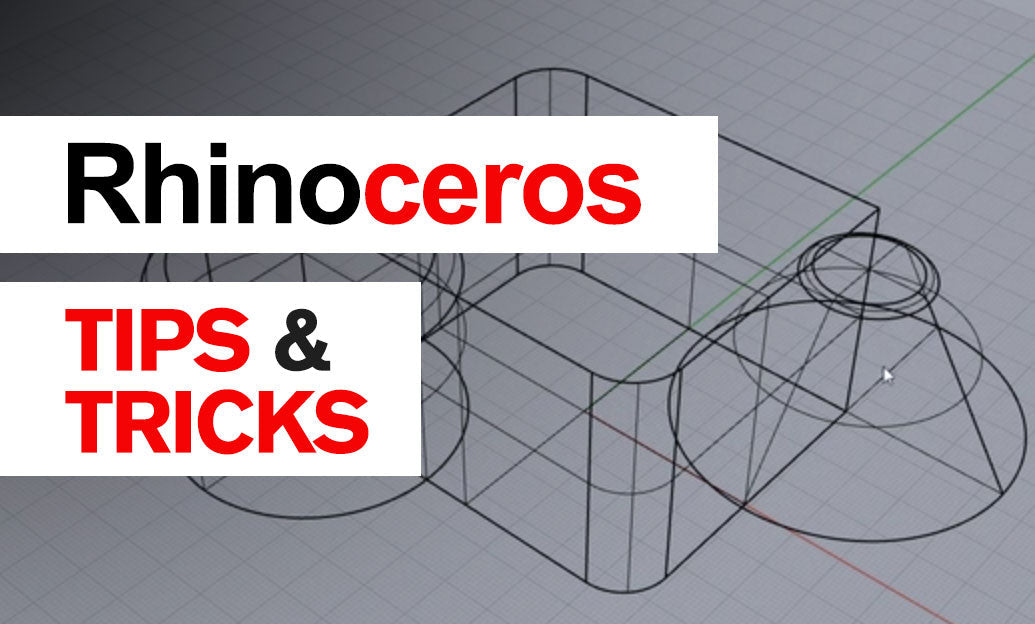Your Cart is Empty
Customer Testimonials
-
"Great customer service. The folks at Novedge were super helpful in navigating a somewhat complicated order including software upgrades and serial numbers in various stages of inactivity. They were friendly and helpful throughout the process.."
Ruben Ruckmark
"Quick & very helpful. We have been using Novedge for years and are very happy with their quick service when we need to make a purchase and excellent support resolving any issues."
Will Woodson
"Scott is the best. He reminds me about subscriptions dates, guides me in the correct direction for updates. He always responds promptly to me. He is literally the reason I continue to work with Novedge and will do so in the future."
Edward Mchugh
"Calvin Lok is “the man”. After my purchase of Sketchup 2021, he called me and provided step-by-step instructions to ease me through difficulties I was having with the setup of my new software."
Mike Borzage
Design Software History: The Evolution of Altium Designer: Transforming PCB Design and Influencing Electronics Innovation
September 14, 2024 4 min read


The Fascinating History of Altium Designer and Its Impact on PCB Design
I. Introduction to PCB Design and Altium Designer
Printed Circuit Board (PCB) design is a critical element in the electronics industry, forming the backbone of virtually all electronic devices. From consumer electronics to industrial machinery and medical devices, PCBs are essential for the functioning of modern technology. The design of PCBs has evolved significantly over the years, transitioning from manual methods involving physical tapes and mylar sheets to sophisticated software solutions that enable precision and efficiency.
One of the most pivotal tools in the evolution of PCB design software is Altium Designer. Altium Designer is a comprehensive software suite for electronics design, offering advanced features for schematic capture, PCB layout, and design verification. Its development has significantly influenced the field of PCB design, enabling engineers and designers to create complex electronic systems with greater ease and accuracy.
II. Historical Background of Altium Designer
Early Days and Founding
Altium Limited, originally known as Protel, was founded in 1985 by Nicholas Martin, an Australian electronics designer. The company's initial focus was on providing affordable and accessible PCB design tools for smaller companies and individual engineers. Protel’s first software release, Protel PCB, ran on DOS-based systems and quickly gained popularity for its user-friendly interface and powerful design capabilities.
Evolution of the Software
Over the years, Protel underwent significant transformations, both in terms of its software offerings and its market presence. Key milestones in the development of Altium Designer include:
- Transition from DOS to Windows: The release of Protel 98 and Protel 99 SE marked the transition from DOS-based systems to Windows-based platforms, offering enhanced graphics and user interfaces.
- Introduction of the Unified Design Environment: Altium Designer 6, released in 2005, introduced the concept of a unified design environment, integrating all aspects of PCB design into a single platform. This innovation streamlined the design process and improved collaboration among design teams.
- Major Updates and Feature Introductions: Subsequent releases of Altium Designer introduced various advanced features, including real-time 3D PCB design, integrated simulation and analysis tools, and multi-board design capabilities.
III. Technological Innovations and Impact
Key Features and Capabilities
Altium Designer offers a comprehensive suite of features that cater to the diverse needs of PCB designers. Some of the key features and capabilities include:
- Schematic Capture and PCB Layout: Altium Designer provides powerful tools for creating detailed schematics and translating them into precise PCB layouts. Its intuitive interface and comprehensive component libraries facilitate efficient design workflows.
- Integrated Simulation and Analysis Tools: The software includes built-in simulation and analysis tools, allowing designers to verify the functionality and performance of their designs before manufacturing.
- Multi-Board and Rigid-Flex Design Support: Altium Designer supports the design of complex systems involving multiple interconnected PCBs and rigid-flex designs, enabling the creation of sophisticated electronic products.
Technological Contributions
Altium Designer has made several significant technological contributions to the field of PCB design. These include:
- Unified Design Environment: The introduction of a unified design environment in Altium Designer 6 brought all aspects of PCB design into a single platform. This innovation streamlined the design process, improved collaboration, and reduced the risk of errors.
- Real-Time 3D PCB Design: Altium Designer’s real-time 3D PCB design features allow designers to visualize their boards in three dimensions, enhancing design accuracy and facilitating the detection of potential issues before manufacturing.
- Integrated Design Data Management: The software offers robust design data management and collaboration tools, enabling teams to work together more effectively and maintain version control throughout the design process.
Industry Impact
Altium Designer has been adopted by major electronics companies worldwide, significantly influencing design efficiency and innovation. Its comprehensive feature set and user-friendly interface have made it a preferred choice for professional engineers and designers, contributing to the successful development of numerous high-profile electronic products.
IV. Future Prospects and Challenges
Ongoing Developments
Altium Designer continues to evolve, with recent updates and a future roadmap that focus on integrating emerging technologies such as the Internet of Things (IoT), artificial intelligence (AI), and machine learning. These advancements aim to further enhance the software’s capabilities and provide designers with even more powerful tools to tackle complex design challenges.
Challenges and Opportunities
Despite its success, Altium Designer faces several challenges and opportunities, including:
- Competition with Other PCB Design Software: Altium Designer competes with other popular PCB design tools such as Eagle, KiCad, and OrCAD. Maintaining a competitive edge requires continuous innovation and responsiveness to user needs.
- Balancing Feature Richness with Usability: As Altium Designer expands its feature set, it must ensure that the software remains user-friendly and accessible to a broad range of designers, from professionals to hobbyists.
- Expanding Accessibility: Altium 365, Altium’s cloud-based platform, aims to make PCB design more accessible to hobbyists and smaller design teams by providing advanced design tools and collaboration features at an affordable price.
Conclusion
Altium Designer has made significant contributions to the field of PCB design, offering powerful tools and innovative features that have transformed the way electronic products are developed. As the software continues to evolve, it is poised to remain at the forefront of PCB design technology, driving further advancements and enabling the creation of increasingly complex and sophisticated electronic systems.
Also in Design News

Cinema 4D Tip: Cinema 4D Speed‑Modeling Workflow for Architectural Scenes
December 30, 2025 2 min read
Read MoreSubscribe
Sign up to get the latest on sales, new releases and more …




